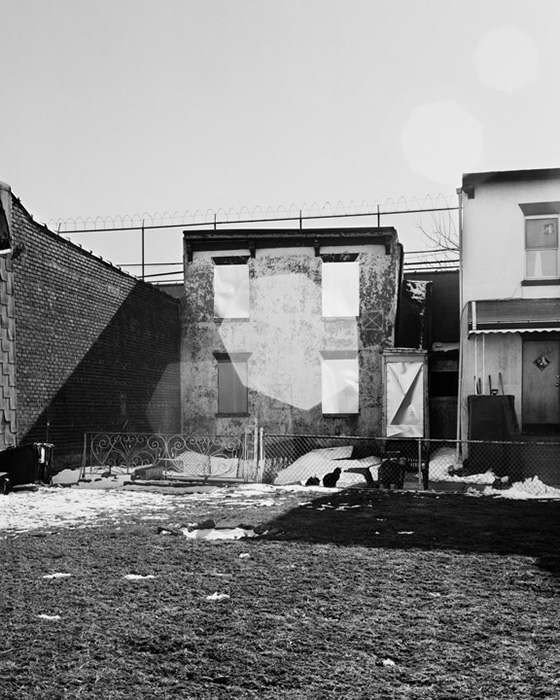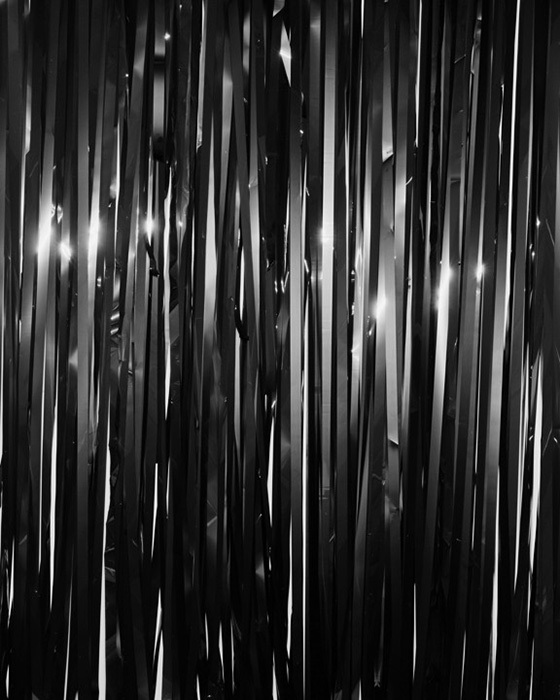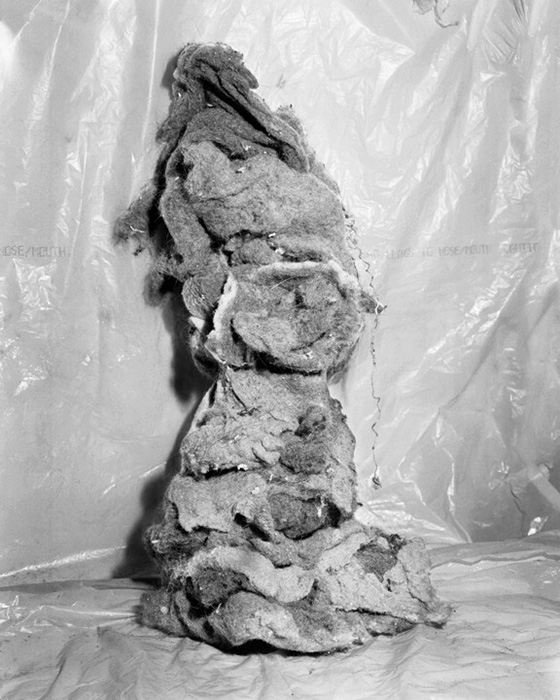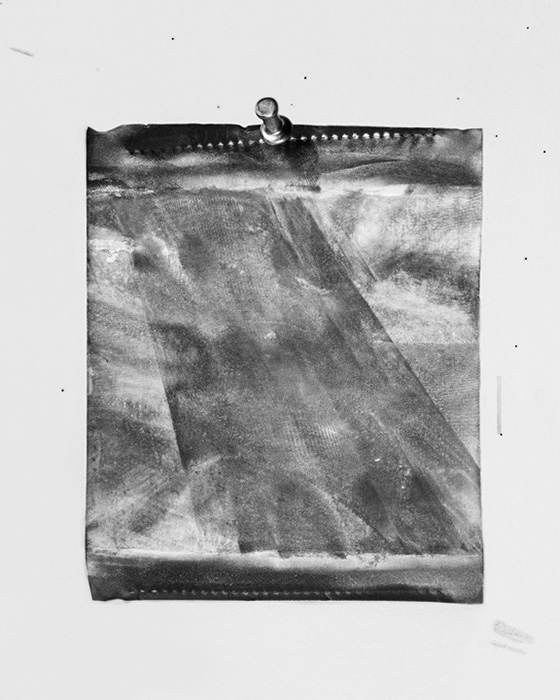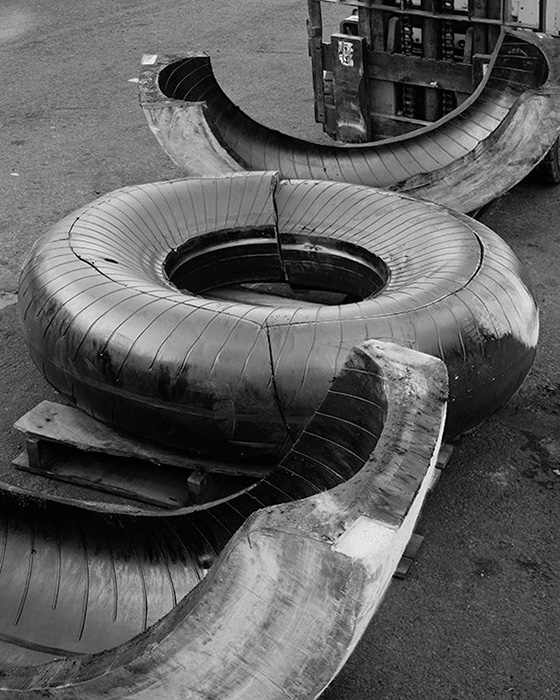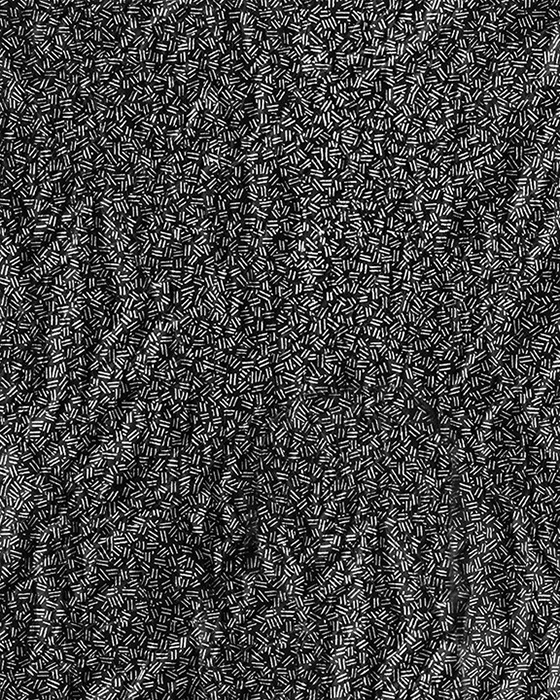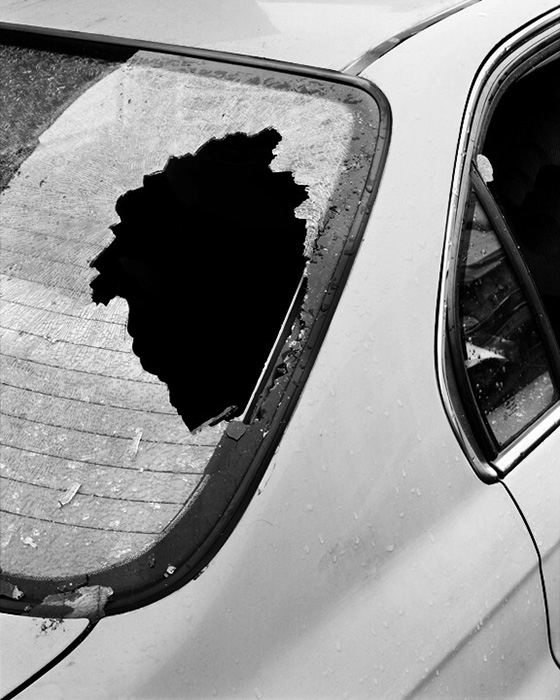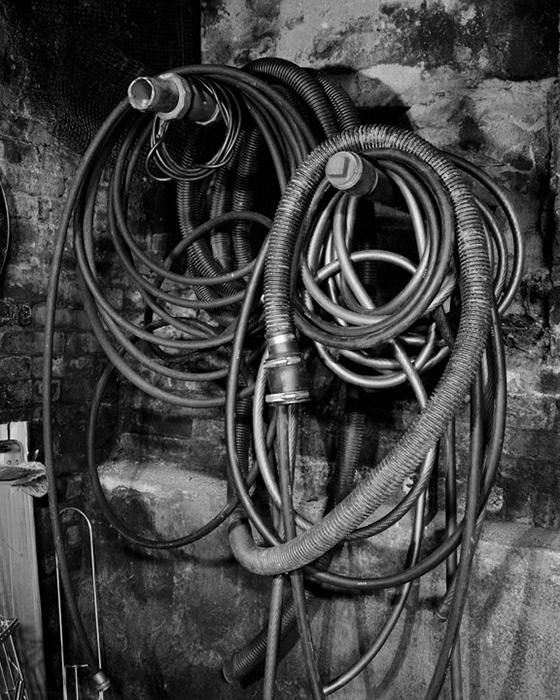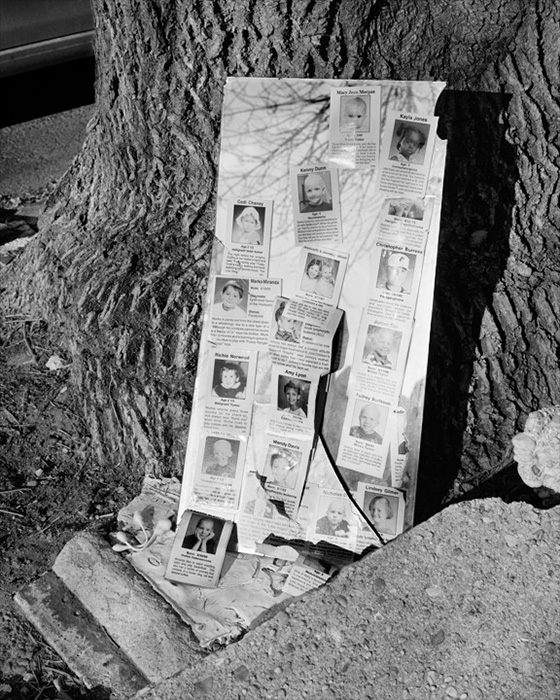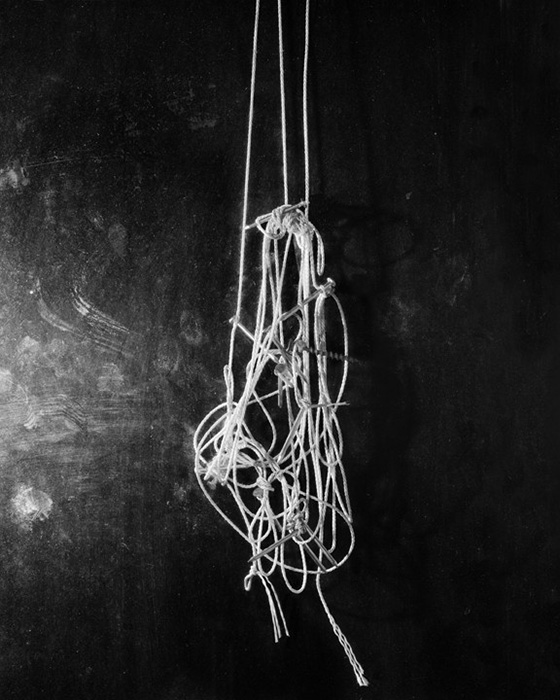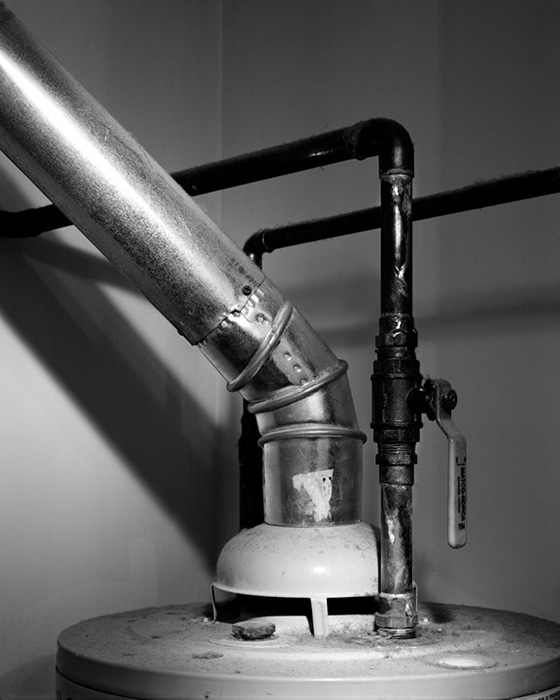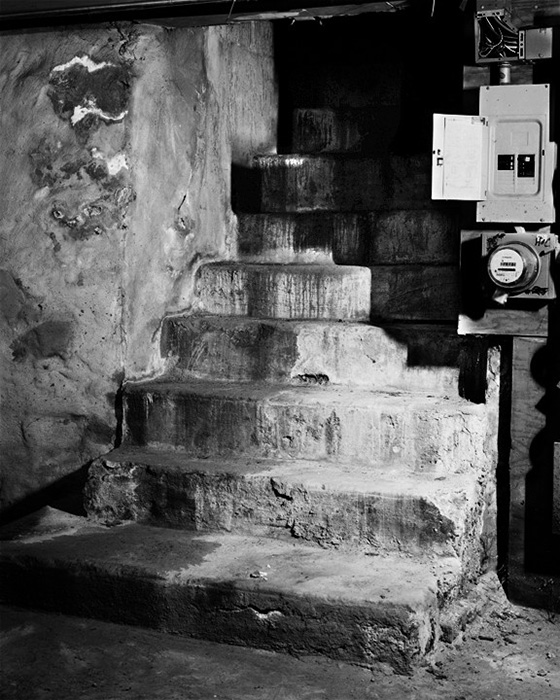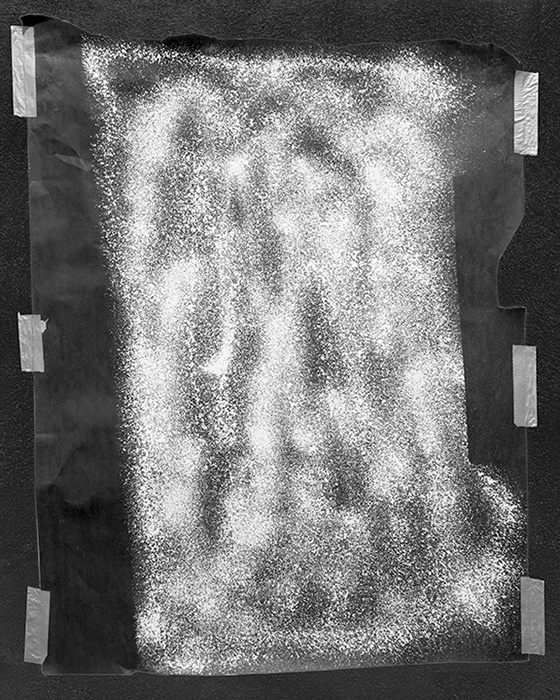Curtis Hamilton: Taken as Given
The origins of photography as a practice lie very much within a tendency toward what might be described, broadly, as the rational. This is the urge, especially prominent in nineteenth-century thought, to decisively fix the relation between appearances and identities, inscribing a hierarchy onto the surface of the visible world and all that it contains. The upheavals that would remake the social landscape in the following decades (and that continue up to the present) have rendered these certainties all but impossible, but a sense of mastery embodied by new technologies, photography itself being an important example, fuelled the notion that reality could be rendered wholly transparent to the ordering gaze of the lens – in a different guise, the pieties of modernism are also a consequence of this heritage. Even today we retain a residual faith in this basic capacity of the medium to make sense of what is seen, or, indeed, can be seen. Photography is still closely (and rightly) tied up with the visible in a way that suggests the picture is not just another culturally encoded text, so that, if we cannot entirely trust it, there remains nonetheless some observable trace of a real moment within the admittedly ambiguous structure that photography provides.
An engagement with the contradictory aspects of the medium is, in many ways, key to the work of Curtis Hamilton, whose elusive imagery grapples with both the past and the future of photography, as well as the nature of what exactly he has directed his attention towards. Immediately striking here is the capacity of the camera (any camera really, but especially the large format camera that Hamilton uses) to abstract an image from what is visible, not simply to describe, but also to transform, creating a new perspective – one that is only possible within the confines of the photographic frame. At the same time, this fixity cannot merely be taken as given; it is a set of conditions in itself, shaping what is seen. Indeed, Hamilton’s pictures have a flat, instrumental quality that at first seems to underscore their descriptive means. What quickly becomes apparent, however, is the extent to which their reading cannot be located in any specific way, so that their descriptive capacities are rendered as an anxiously, even aggressively free-floating sense of potential meaning that remains purposefully obscure. But to say, then, that Hamilton’s photographs are just ‘enigmatic’ is to do them a considerable disservice, not least because they are most often ruthlessly lucid.
What the pictures demonstrate above all is a fascination with materiality, insofar as it can be encountered within the photograph, the ways in which the medium can evoke a palpable sense of a visual reality even as it affirms the absent dimensions of a physical presence. After all, the crisp tone of Hamilton’s work does not exactly correspond to any familiar visual experience, except, of course, a photographic one, determined by the values of the process. This is the strangeness of things seen and photographed – or, in fact, just the strangeness of things in general. Hamilton’s pictures do not attempt to order the world in a specific way. Instead, they make plain the ambiguities of photography itself and those frequent eruptions of the irrational into the transparent spaces of representation. The point here is not so much to test the limits of the medium itself, but to resist the logic of a conventional understanding in terms of how a picture relates to its subject. The photograph is by no means passive, in that it does not merely transcribe what is seen but shapes it according to certain (photographic) conditions, so the tension in Hamilton’s work is between a tangible reality and the picture as an artifact, making it uniquely visible.

